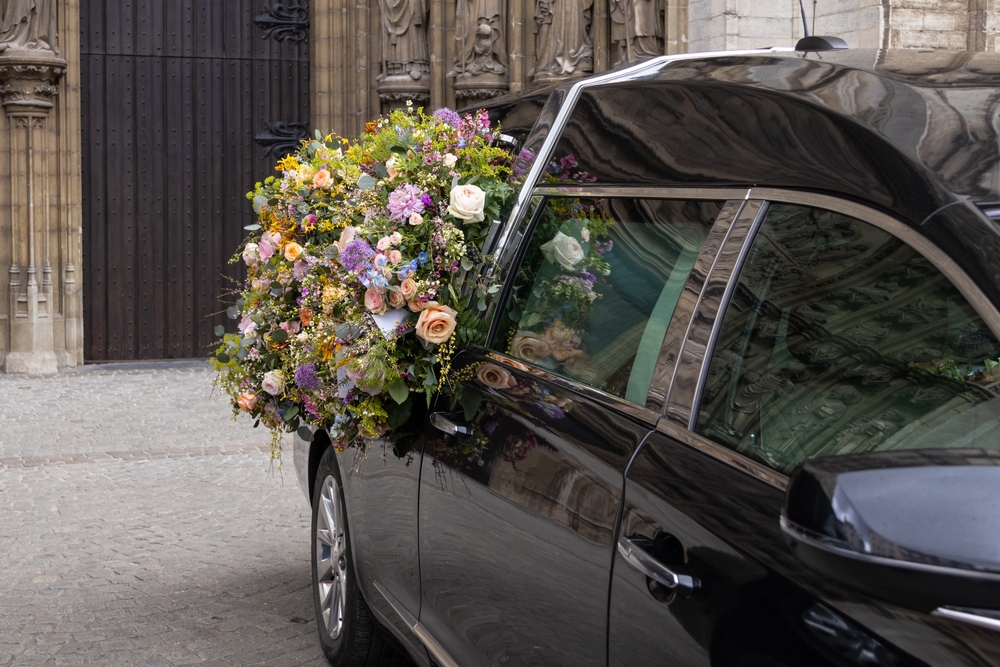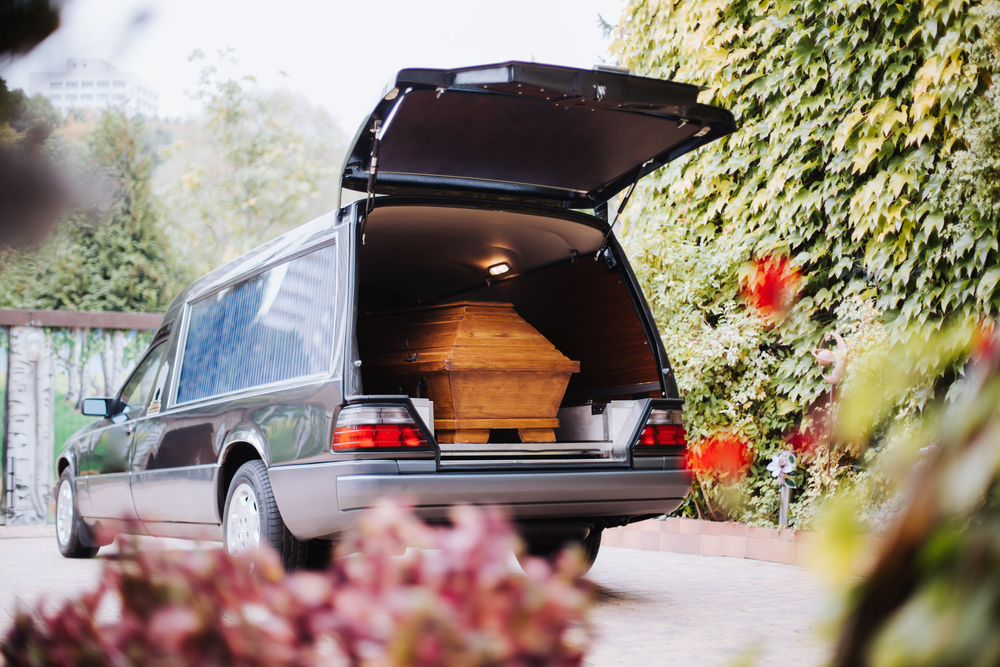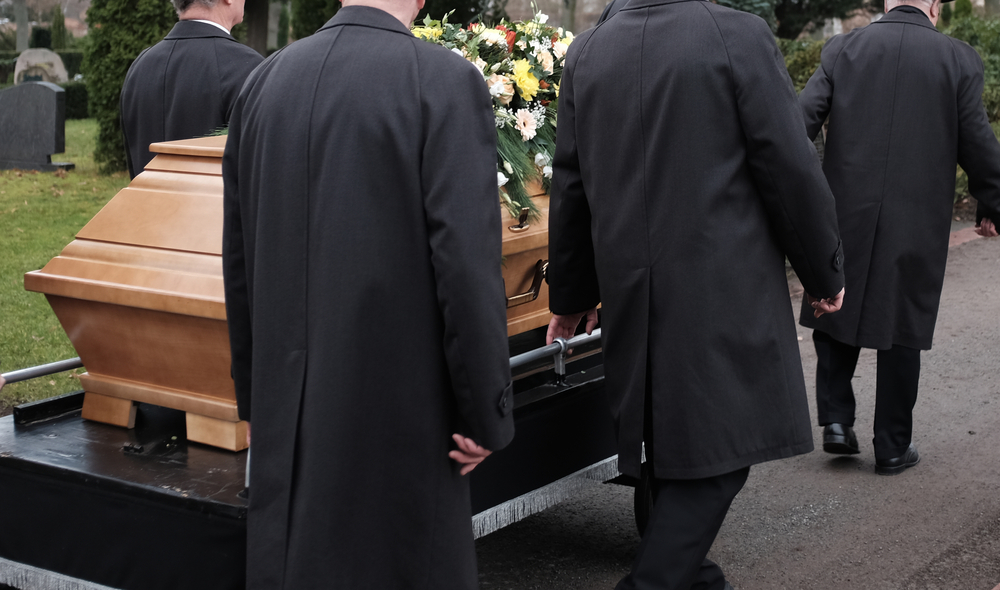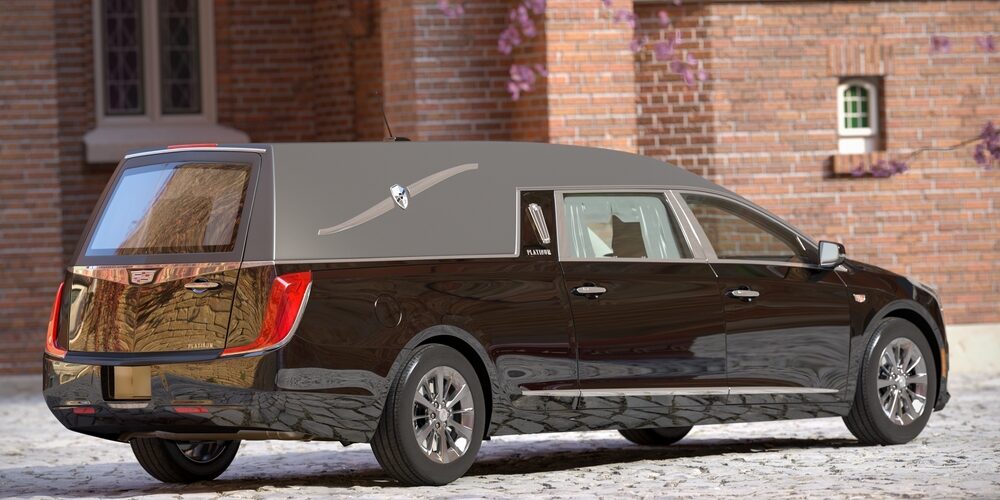Funeral vehicles are more than just modes of transportation—they are symbols of dignity, tradition, and respect. For families planning a service, one of the most common questions is: What is the difference between a hearse and a funeral car?
Although the terms are sometimes used interchangeably, they serve different roles within a funeral procession. By understanding these differences, families can make informed choices, and funeral directors can plan services that balance tradition, comfort, and professionalism.
In this article, CoachWest explores the distinction between hearses and funeral cars, traces the history of funeral transportation, examines the design and features of modern hearses, and highlights the current fleet options available to funeral homes.
What Is the Difference Between a Hearse and a Funeral Car?
At its core:
- A hearse (or funeral coach) is a vehicle designed specifically to transport the casket during a funeral.
- A funeral car is a broader category, referring to any vehicle that is part of the procession—including hearses, limousines, flower cars, Sprinter vans, and escort vehicles.
Think of the hearse as the centerpiece of the procession, while funeral cars represent the entire supporting fleet that ensures comfort and order for both the family and the public.
This distinction matters because when families ask for a “funeral car,” they may mean a limousine for family members—or they may mean a hearse. Funeral professionals rely on clear terminology to avoid confusion and to deliver the right mix of vehicles.

What Is a Hearse?
The word hearse comes from the Latin herpex (meaning “harrow”), which entered French as herse. In the 17th century, it described the ornate wooden structure that held candles above a coffin. By the 19th century, the word referred directly to the vehicle that carried the coffin itself.
A hearse, also called a funeral coach, is the most iconic symbol of a funeral procession. Its role is singular: to carry the casket from the service to the burial or cremation site.
Key traits of a hearse include:
- Built on a luxury chassis, typically Cadillac or Lincoln
- An extended wheelbase with a reinforced frame to support weight
- A specialized rear compartment with rollers or trays to secure the casket
- Large rear doors for dignified loading and unloading
- Exterior design emphasizing elegance and professionalism
Hearses are not used for everyday driving; they are ceremonial vehicles, often meticulously maintained to preserve their dignified appearance.
What Is a Funeral Car?
The term funeral car casts a wider net. It refers to any vehicle used in a funeral procession, including—but not limited to—the hearse.
Common types of funeral cars include:
- Hearses (Funeral Coaches): For transporting the casket.
- Family Limousines: Stretched sedans or SUVs that provide seating for close relatives, clergy, or pallbearers. Privacy glass and luxury interiors make them comfortable during a difficult time.
- Flower Cars: Specialized flatbeds or sedans designed to carry floral arrangements. These vehicles ensure flowers arrive intact and beautifully displayed.
- Support Vehicles: Sprinter vans, shuttles, or SUVs that transport extended family or larger groups.
- Escort Vehicles: Cars used to lead or guide the procession, often by funeral staff or local authorities.

The History and Evolution of Hearses and Funeral Cars
Funeral transportation has a fascinating history that mirrors changes in society, technology, and cultural expectations.
1600s–1800s: Horse-Drawn Elegance
In Europe and America, ornate horse-drawn carriages carried coffins. Black horses often symbolized mourning, while white horses were sometimes used for children’s funerals. Carriages were typically made of polished wood with glass panels and decorative trim.
Early 1900s: The Motorized Hearse
With the rise of the automobile, coachbuilders began converting luxury sedans into hearses. These vehicles were longer, heavier, and specially modified to hold a casket securely.
1950s–1970s: The Golden Era of Professional Cars
Cadillac and Lincoln dominated the funeral coach market, with vehicles built on reinforced chassis. “Combination cars” were popular—functioning as both ambulances and hearses, depending on the need. These versatile vehicles helped small-town funeral homes serve multiple roles.
1980s–2000s: Specialization and Modernization
Funeral coaches became more specialized, with features like hydraulic lifts, climate control, and custom interiors. Families increasingly expected limousines and additional funeral cars for comfort and ceremony.
Today: Versatile Fleets
Modern funeral fleets now include not only hearses but also limousines, Sprinter vans, and SUVs. Families expect processions to be both traditional and accommodating, with flexible seating options and dignified styling.
Hearse Design and Features: What Sets Them Apart
Modern hearses are highly engineered vehicles designed for a singular purpose. They balance elegance with functionality.
Typical features include:
- Casket rollers and trays: Smooth placement and removal of the casket.
- Reinforced suspension systems: Safely support added weight.
- Custom lighting packages: Create a solemn, dignified environment.
- Under-deck storage: Space for flags, service items, or ceremonial equipment.
- Climate control systems: Preserve comfort for drivers and maintain interior finishes.
- Glass panels or extended windows: Some models allow for viewing the casket during procession.
Types of Funeral and Support Vehicles in a Procession
Funeral processions are more than just a hearse. They are carefully organized fleets designed to move family, clergy, and the casket safely and respectfully.
Typical procession lineup includes:
- The Hearse (Funeral Coach): Leads the casket to the final resting place.
- Family Limousines: Carry immediate family, often directly behind the hearse.
- Flower Cars: Transport floral arrangements so they arrive intact.
- Sprinter Vans or Shuttles: Provide flexible seating for extended family or larger groups.
- Escort Vehicles: Ensure order and traffic safety, sometimes provided by law enforcement or funeral home staff.

Frequently Asked Questions
Is a hearse always required in a funeral?
Yes. In most traditional services, a hearse plays a central role in transporting the casket with dignity.
Why are hearses usually black?
Black symbolizes mourning and respect. However, modern hearses are often available in silver, white, or other finishes to reflect cultural preferences.
Do funeral cars only include limousines?
No. Funeral cars may include limousines, Sprinter vans, SUVs, flower cars, or escort vehicles.
What’s the difference between a funeral car and a first-call vehicle?
A first-call vehicle, often a discreet van or minivan, is used for initial transport from the place of passing. It is not part of the ceremonial procession.
Where can I learn more about funeral vehicle standards?
The National Funeral Directors Association (NFDA) provides resources for funeral directors and families.
Explore CoachWest’s Premium Funeral Vehicles
Whether you’re a funeral director expanding your fleet or a professional seeking reliable transportation, CoachWest offers a complete selection of funeral cars—including Cadillac and Lincoln-based hearses, family limousines, Sprinter vans, and specialty coaches.
With more than 35 years of experience, we deliver refined craftsmanship, thoughtful customization, and exceptional customer care. Browse our selection of funeral cars for sale or contact us to find the best vehicle for your needs.









